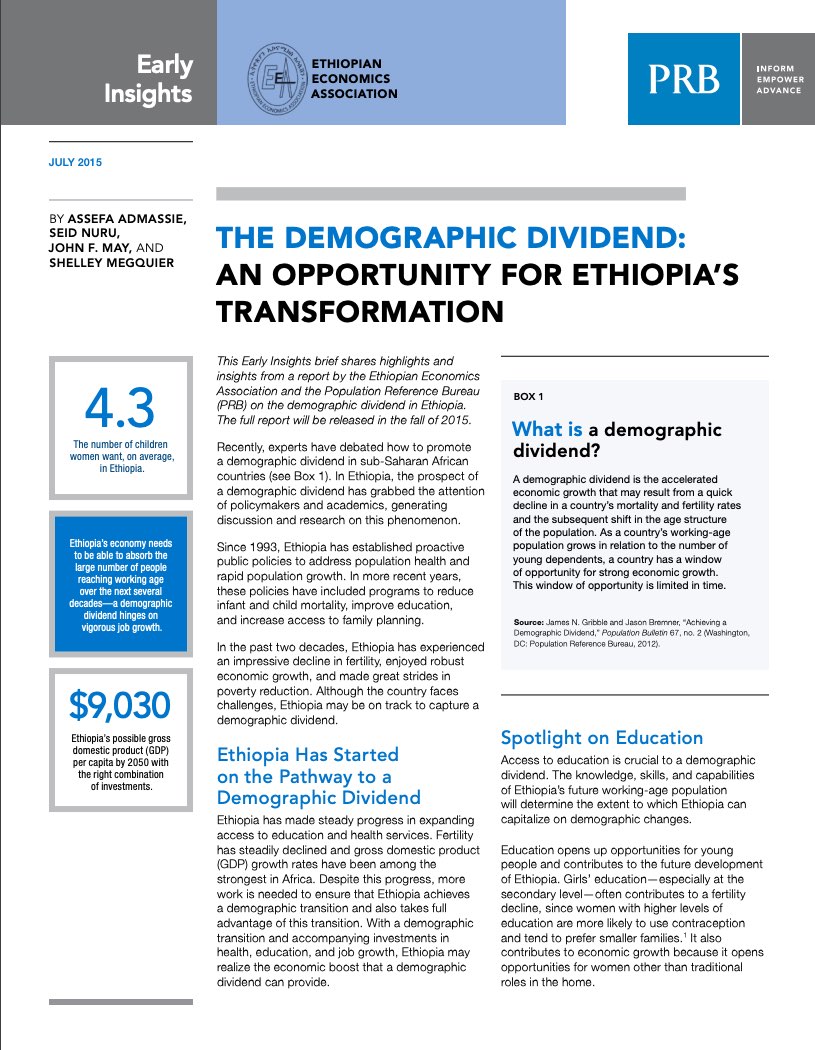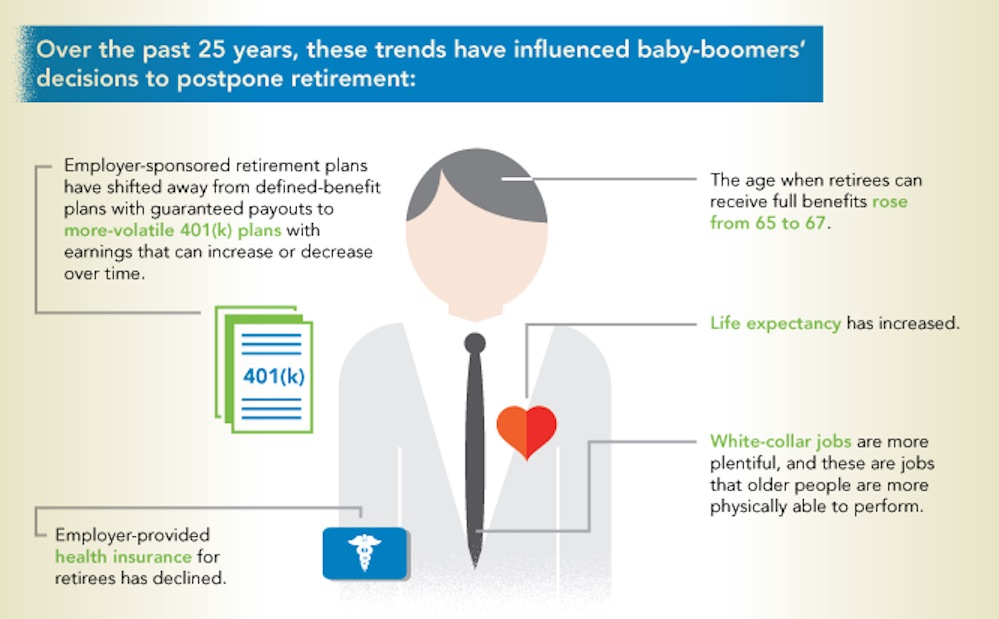400 Search Results Found For : "%E5%B9%BF%E5%B7%9E%E5%BC%80%E5%88%A9%E7%A9%BA%E8%B0%83%E5%92%8C%E7%89%B9%E7%81%B5%E7%A9%BA%E8%B0%83%E5%BE%AE%E4%BF%A1%E5%8F%B7%EF%BC%9AGU-2015"
Transitions in World Population
(2004)World population was transformed in the 20th century as technological and social changes brought steep declines in birth rates and death rates around the world. The century began with 1.6 billion people and ended with 6.1 billion, mainly because of unprecedented growth after 1960.

Project: Supporting Population Evidence and Champions in Africa (SPEC)
Early Insights Brief. The Demographic Dividend: An Opportunity for Ethiopia’s Transformation
A demographic dividend in Ethiopia would contribute to the long term economic and social development of the country. But a demographic dividend hinges on job growth: Ethiopia's economy must be able to absorb the large number of people reaching working age over the next several decades.

Promoting Evidence on Early Childhood Development in East and Southern Africa
PRB is partnering with the Conrad N. Hilton Foundation to promote evidence on ECD in ESA to improve the lives of young children ages 0-3 in Kenya, Mozambique, and Tanzania.

Project: PACE: Policy, Advocacy, and Communication Enhanced for Population and Reproductive Health
2019 World Population Data Sheet
Fertility rates in the United States dropped to their lowest level in recorded history, with women having an average of 1.7 births in their lifetime. That’s one of the key findings in PRB’s 2019 World Population Data Sheet.

Infographic: How Are U.S. Baby Boomers Getting Along?
(2015) The U.S. baby-boom generation (people born from 1946 to 1964) is the biggest generation in U.S. history, making up close to 25 percent of the total population in 2013. This infographic illustrates data on how these baby boomers are faring as they age into retirement.
Project: Indicators of Well-Being for California's Children
Suicide Replaces Homicide as Second-Leading Cause of Death Among U.S. Teenagers
(2016) Suicides have become the second-leading cause of death among teenagers in the United States, surpassing homicide deaths, which dropped to third on the list (see Figure 1). The teenage suicide rate increased from 8 deaths per 100,000 in 1999 to 8.7 deaths per 100,000 in 2014.
